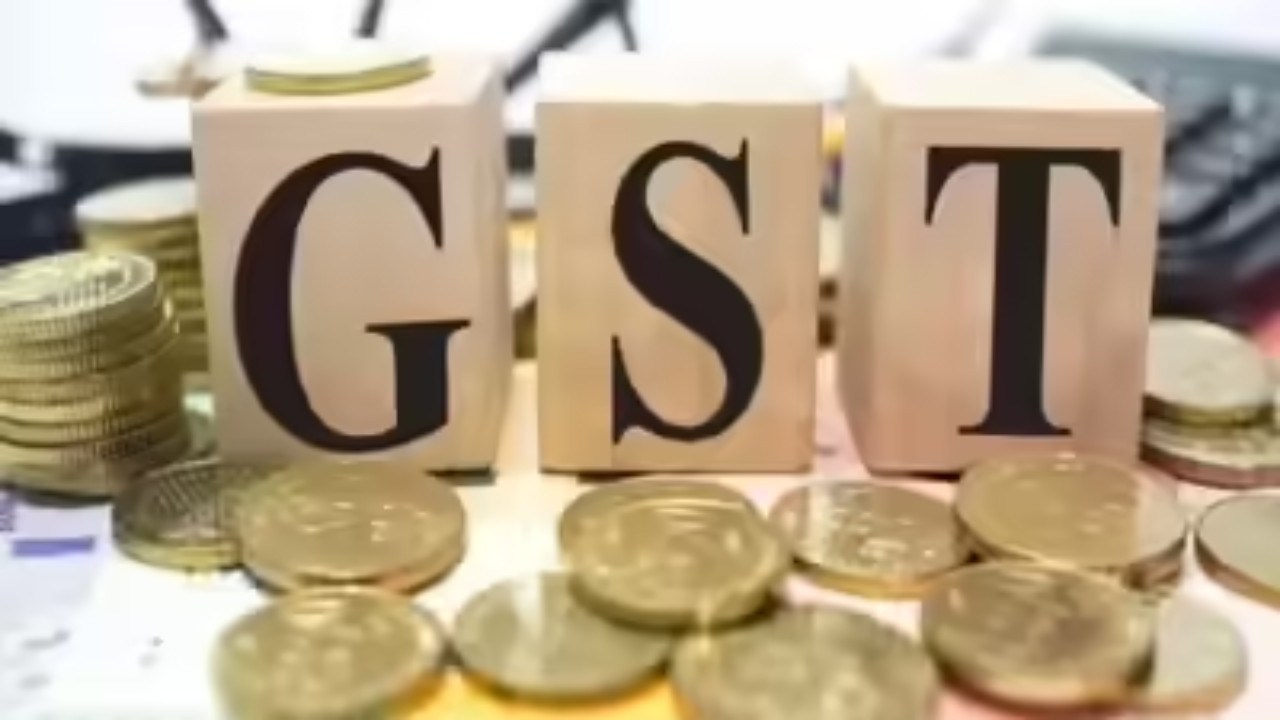Decoding GST on Discounts: What Businesses Need to Know
The world of Goods and Services Tax (GST) can sometimes feel like navigating a maze. Just when you think you’ve grasped the rules, another clarification emerges, prompting a collective scratching of heads amongst business owners. The latest point of discussion? How GST applies to discounts offered to customers. Let’s break down this potentially confusing topic into digestible pieces.
For businesses, discounts are powerful tools. They drive sales, clear inventory, and reward loyal customers. From a simple “buy one, get one free” offer to seasonal sales extravaganzas, discounts are woven into the very fabric of commerce. But from a tax perspective, these attractive deals raise questions about how GST should be calculated and remitted. The Central Board of Indirect Taxes and Customs (CBIC) has recently shed some light on this, aiming to bring clarity to the process.
Understanding the Core Principle: GST on Transaction Value
The central tenet is that GST is levied on the transaction value. What exactly does that mean? Simply put, it’s the price actually paid (or payable) for the goods or services. When a discount is factored in before the sale happens and is clearly reflected on the invoice, GST is calculated on the discounted price. This is good news for both businesses and consumers because it means the tax burden is directly proportional to the actual amount changing hands.
Consider this scenario: A retailer sells a shirt with a marked price of ₹1,000. They offer a 20% discount, bringing the selling price down to ₹800. In this case, GST would be calculated only on the ₹800. This is the generally accepted and straightforward application of the rule.

When Things Get a Little More Complex: Post-Sale Discounts
Where things get a bit trickier is with discounts offered after the sale has already taken place. These could be rebates or incentives provided based on reaching certain sales targets or fulfilling specific conditions. If these post-sale discounts are governed by an agreement established before or at the time of supply, and are directly linked to the relevant invoices, then GST can still be adjusted accordingly. Crucially, the recipient of the discount (typically the buyer) must have reversed the input tax credit related to that discounted amount.
Think of a supplier offering a volume discount to a distributor who purchases a certain quantity of goods over a quarter. If the agreement outlining this discount was in place from the beginning, and the distributor reverses the appropriate input tax credit, the GST can be adjusted to reflect the final, discounted value.
If the buyer fails to reverse Input Tax Credit on such discounts received, the GST will have to be paid on the undiscounted price.
Invoice Transparency is Key
A recurring theme here is the importance of clear and transparent invoicing. The invoice should unequivocally reflect the discount being offered, whether it’s a straightforward price reduction or a more complex post-sale incentive. The CBIC’s clarification underscores that discounts should be identifiable and linked to the specific transaction for proper GST calculation. Businesses should review their invoicing practices to ensure they align with these guidelines to avoid potential complications during audits or assessments.
Navigating the Nuances: Practical Advice for Businesses
So, what are the practical implications of all this? Firstly, businesses need to carefully document all discount schemes and ensure they are clearly communicated to customers. Secondly, invoicing systems should be configured to accurately reflect discounts and ensure proper GST calculation. For post-sale discounts, agreements should be formalized upfront, clearly outlining the conditions and linking them to specific invoices. Finally, businesses should maintain meticulous records of all transactions, including discount adjustments and corresponding input tax credit reversals, to support their GST filings. Need help keeping track of your expenses? Check out our guide to [Expense Management Software](/expense-management-software).
The clarification from the CBIC aims to streamline the application of GST on discounts, promoting clarity and consistency. By understanding the core principles and adhering to transparent invoicing practices, businesses can navigate this aspect of GST with confidence, optimizing their pricing strategies without running afoul of tax regulations. The emphasis on documenting the discount agreement is an important point and needs to be taken into account. By aligning their practices with the latest guidance, businesses can ensure compliance and contribute to a more efficient and transparent GST ecosystem.







